
Grades:
6th Grade
Students learn what an urban heat island is and why it is a problem, specifically for Phoenix, and the effect people have had on the environment that caused this problem. Students will design a

Grades:
4th Grade
This lesson focuses on teaching 4th-grade students the fundamental concepts of force and motion through the hands-on activity of designing, constructing, and launching paper rockets. The lesson
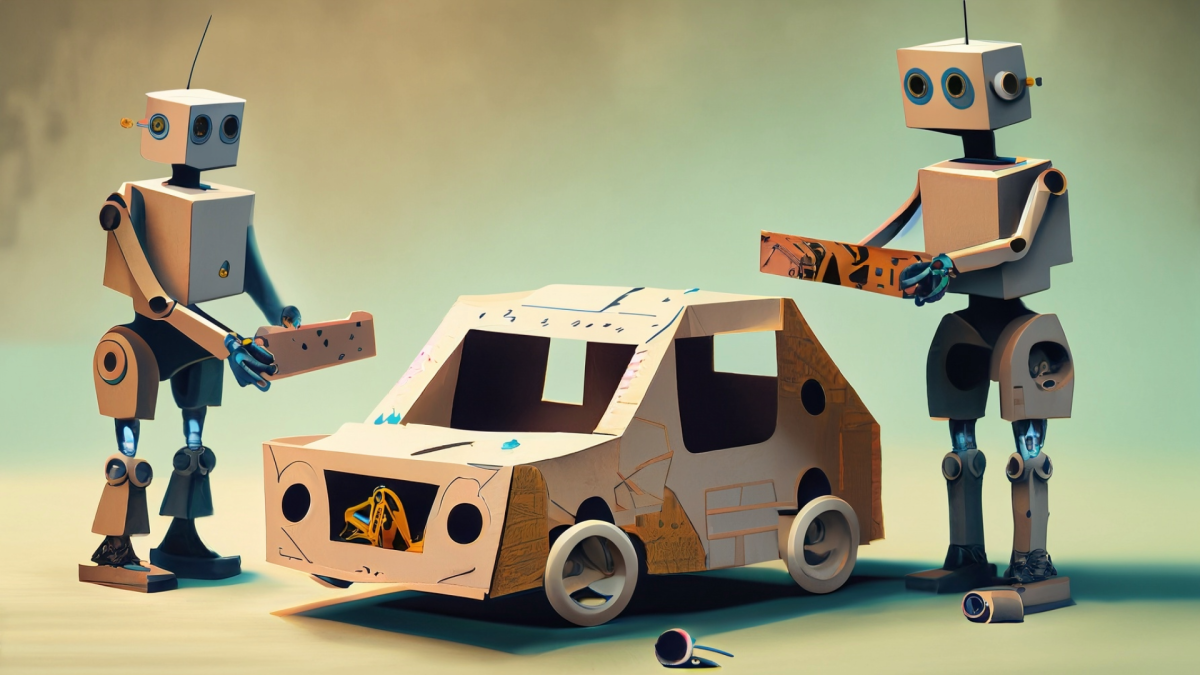
Featured
Eggcellent Car Race
Grades:
4th Grade, 5th Grade, 6th Grade, 7th Grade, 8th Grade
Students will design and build a car using STEM principles to safely transport a raw egg down a ramp, applying their knowledge of physics, engineering, and problem-solving.
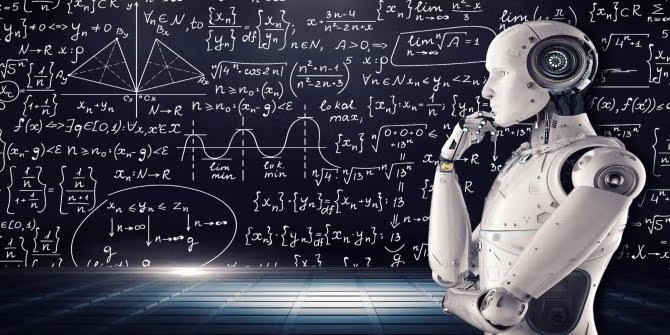
Grades:
1st Grade, 2nd Grade, 3rd Grade
We begin with the observation of a phenomenon - the spinning pioneer button. Students make their own spinning pioneer button and experiment with different lengths of string. With teacher input and

Grades:
7th Grade
Students design and build a bumper car to test Newton's third law of motion.
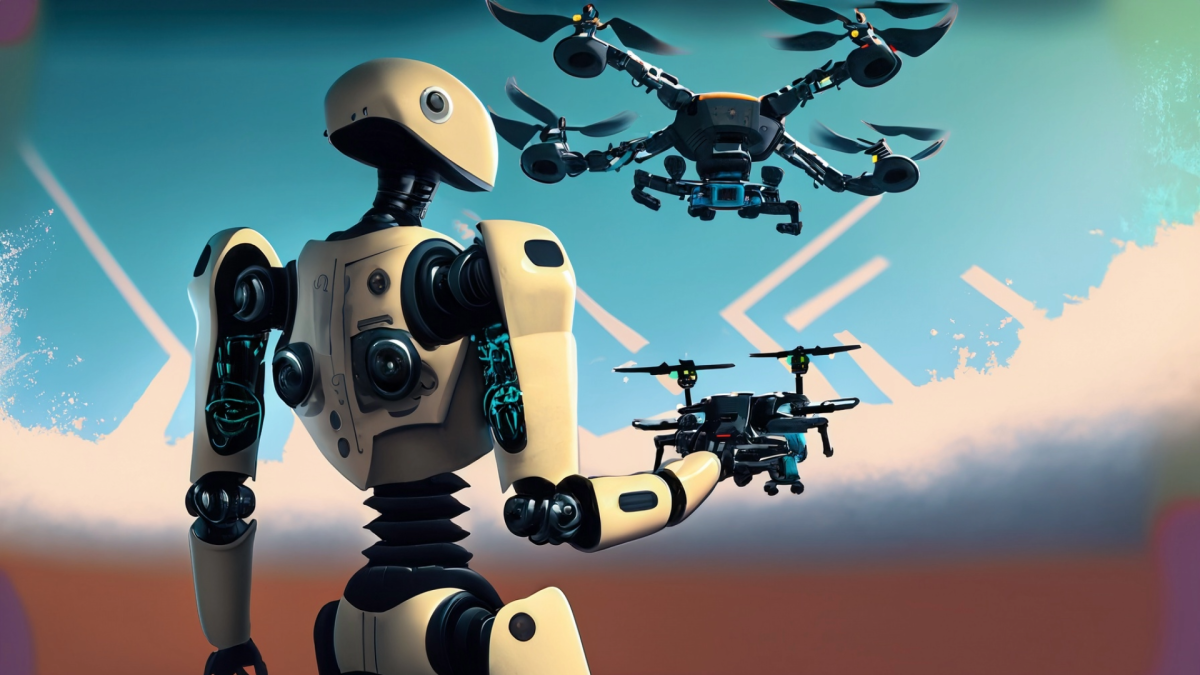
Grades:
3rd Grade, 4th Grade, 5th Grade, 6th Grade, 7th Grade, 8th Grade
On the second day students use more complex coding, the built in camera for taking pictures and experience FPV. It has 3 missions total in this lesson. This lesson also uses yaw to keep the camera

Grades:
3rd Grade, 4th Grade, 5th Grade, 6th Grade, 7th Grade, 8th Grade
Coding and flying drones what a match! Students will have the chance to experiment with flying a drone in a simulator. The lesson includes 4 missions incorporating forces of flight acting on a drone.

Grades:
Kindergarten
Kindergarten students will be given a STEM case to solve! The goal is to build a bridge for two different sized/weight of vehicles. Students will research types of bridges and decide which bridge will
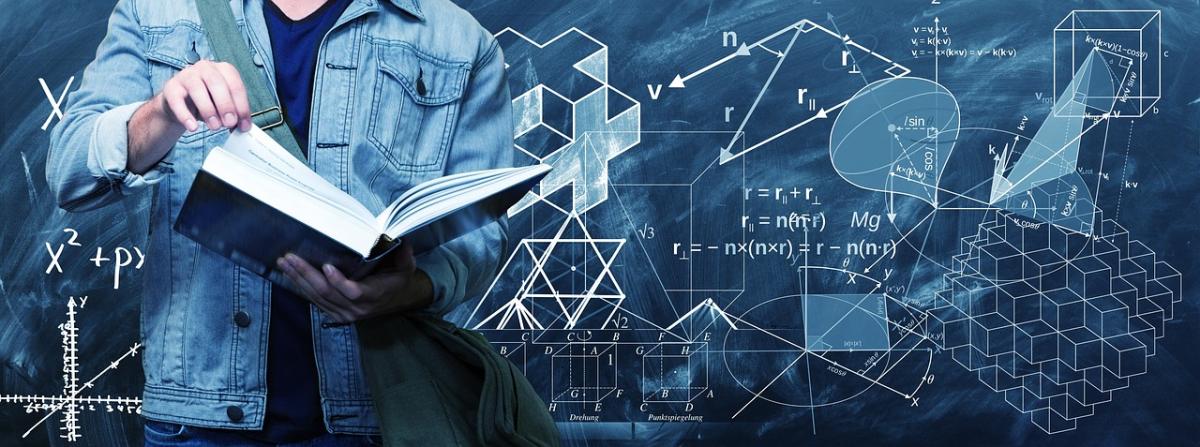
Grades:
5th Grade
In this lesson, your students will be engaged in learning about forces and motion while using fractions in line plots. Students will record the spin time of different objects, they will display data
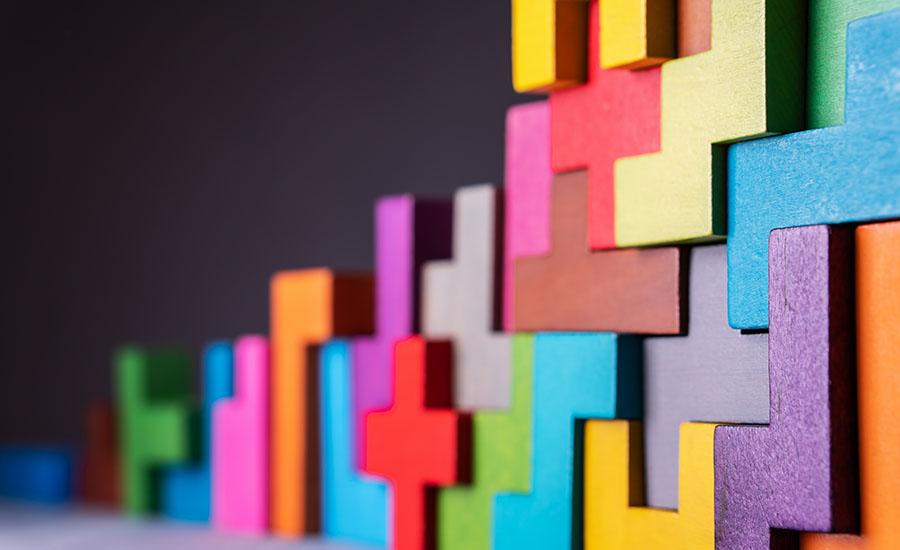
Grades:
9th Grade, 10th Grade, 11th Grade, 12th Grade
This lesson is a follow-up to the lesson titled "Creating Sustainable Solutions with Bioplastics Part 1". In this lesson, students evaluate different ingredients for bioplastics and create a minimum

Grades:
9th Grade, 10th Grade, 11th Grade, 12th Grade
In this lesson students evaluate the advantages and disadvantages of conventional, petroleum-based plastics, bioplastics, and their different varieties. The lesson is driven by class/group research

Grades:
7th Grade, 8th Grade, 9th Grade, 10th Grade, 11th Grade, 12th Grade
The students in this lab activity will play a competitive game with a small bouncy ball. The students will analyze the motion of the ball and apply projectile motion concepts. This activity requires
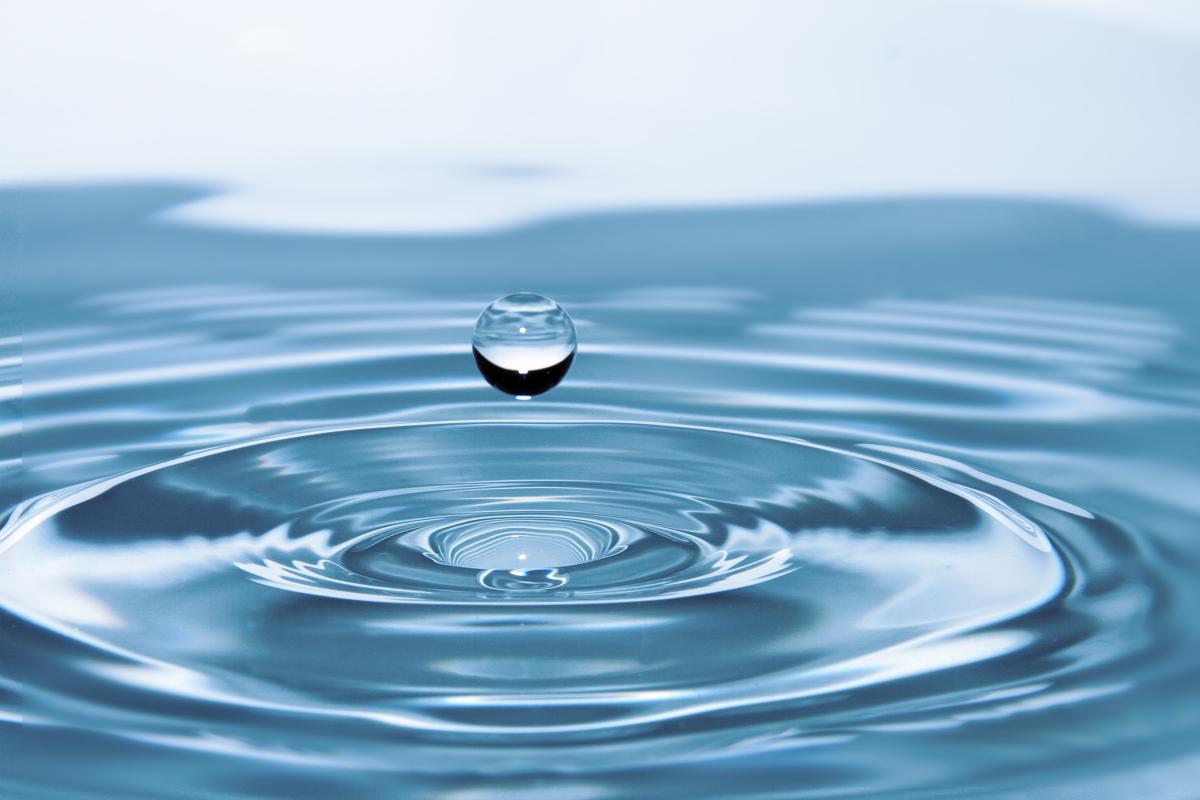
Grades:
Kindergarten
This lesson provides the opportunity for kindergarten students to develop a mock oil spill and develop methods to help ocean life after an oil spill. Student will hypothesize methods that can
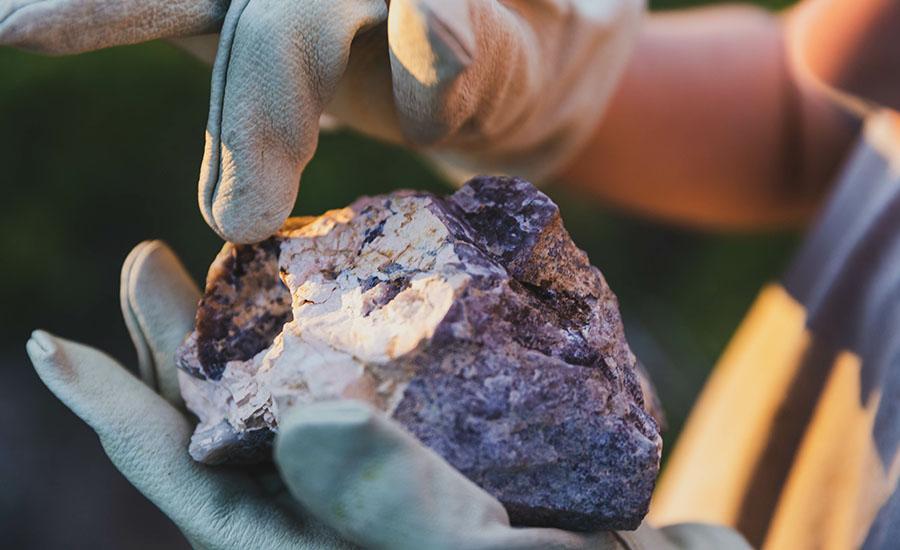
Grades:
5th Grade
In this lesson students will get the chance to mine for ore but then work on the processing phase and manufacturing phase of mining. Students will mine their ore (peanuts), process their ore (shell

Grades:
10th Grade, 12th Grade
This lesson builds on the Part 1 of Urbanization Impacts in the HS Environmental Science classroom. In this lesson, students are utilizing their knowledge to create models of solutions to the

Grades:
Kindergarten
Students will explain the difference between sink and float through hands on experiences in this early childhood lesson.

Grades:
6th Grade
In this lesson students apply their Medieval Times knowledge and energy transfer to create a knight that will compete in a jousting tournament using spheros. The students will use a solo cup as the

Grades:
7th Grade
In this lesson students will be exploring the ball drop phenomenon in order to gain an understanding of Newton's second law of motion. Students will observe the phenomenon demonstration and then

Grades:
5th Grade, 6th Grade
Students build a Tetrahedral kite while learning about problem solving, patience and diligence to finish a task. They will also be able to explain lift and force and apply the steps of the engineering

Grades:
5th Grade
This lesson uses magnets, playing cards, metal washers, and a PhET simulation to model the effects of mass and distance as acting forces on objects in our solar system.

Grades:
3rd Grade, 4th Grade, 5th Grade, 6th Grade, 7th Grade, 8th Grade
This lesson is intended to expose students to information about environmental changes and how solar energy affects living things. Students are challenged to design and build a shelter for a dog to

Grades:
7th Grade
Part 3 of the Unit. Students launch their rockets and record observations along with altitude data!
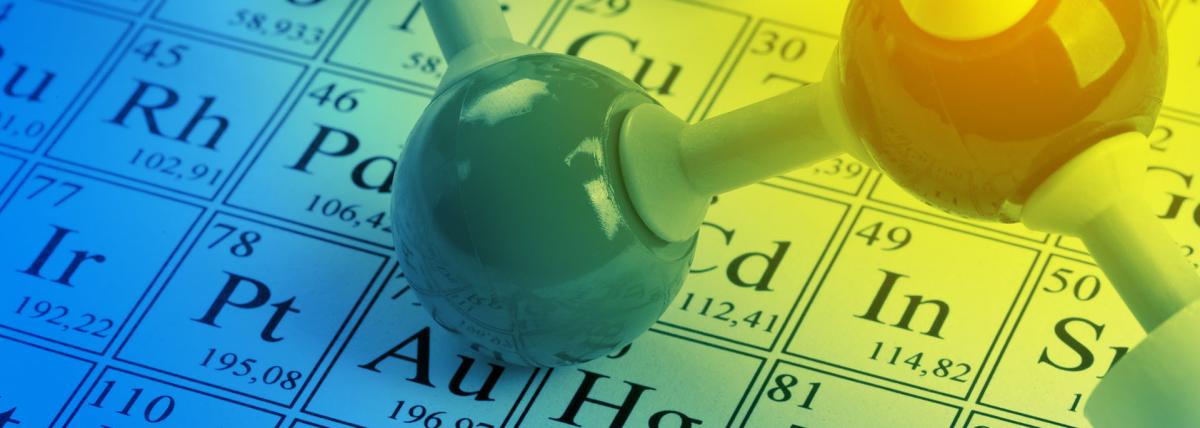
Grades:
9th Grade, 10th Grade, 11th Grade, 12th Grade
This lesson is an opportunity for students to learn about the past, the interesting field of nuclear radiation, and future implications to humanity as we encounter it in our spaces.

Grades:
9th Grade, 10th Grade, 11th Grade, 12th Grade
This is a lesson plan which draws importance to the ability of trees to carbon sequester in urban areas. As the world urbanizes more and more each day, it is important for our health to emphasize


